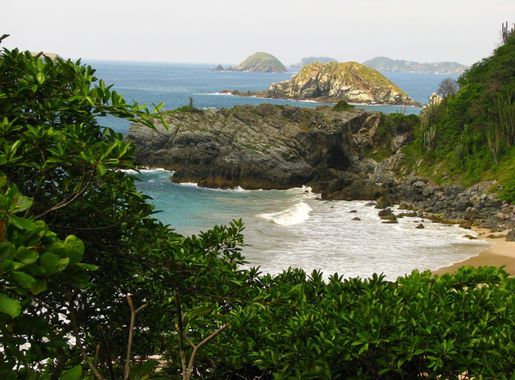
The Tropical Allure of Ixtapa
Discover Ixtapa: A Pacific paradise blending pristine beaches, luxurious resorts, and thrilling adventures in the heart of Ixtapa-Zihuatanejo, Mexico.
Nestled on the sparkling Pacific coast, Ixtapa is a gem within the Ixtapa-Zihuatanejo region of Mexico. This destination is renowned for its pristine beaches, luxurious resorts, and a laid-back atmosphere that caters to both relaxation and adventure. With its well-planned tourist infrastructure, Ixtapa offers an effortless blend of natural beauty and modern comforts. Stroll along the picturesque Playa el Palmar, the main beach lined with towering palm trees and golden sand. The warm waters invite you to swim, snorkel, or simply bask under the sun. For those looking for a bit more thrill, you can rent jet skis or take a parasailing trip for a bird's-eye view of this stunning coastline. Beyond the beaches, Ixtapa boasts a variety of attractions, including the Ixtapa Island, a short boat ride away. Here, you can explore secluded beaches and vibrant coral reefs. If you're a golf enthusiast, you'll find world-class courses with breathtaking ocean views. Don't miss the bustling Marina Ixtapa, where you can dine in style, shop for souvenirs, or embark on a fishing expedition. Ixtapa also serves as a gateway to the charming town of Zihuatanejo, just a short drive away. This traditional fishing village offers a more authentic taste of Mexican culture, with its cobblestone streets, local markets, and artisanal shops.
Local tips in Ixtapa
- Visit Ixtapa Island early in the morning to avoid crowds and enjoy the best snorkeling conditions.
- Bring cash as some local shops and markets in Zihuatanejo may not accept credit cards.
- Consider renting a bike to explore the scenic Ciclopista, a bike path that stretches along the coast.
- Try the local seafood dishes at the Marina Ixtapa for a taste of the region's culinary delights.
- Check the local calendar for festivals and events to experience Ixtapa-Zihuatanejo's vibrant cultural scene.
The Tropical Allure of Ixtapa
Nestled on the sparkling Pacific coast, Ixtapa is a gem within the Ixtapa-Zihuatanejo region of Mexico. This destination is renowned for its pristine beaches, luxurious resorts, and a laid-back atmosphere that caters to both relaxation and adventure. With its well-planned tourist infrastructure, Ixtapa offers an effortless blend of natural beauty and modern comforts. Stroll along the picturesque Playa el Palmar, the main beach lined with towering palm trees and golden sand. The warm waters invite you to swim, snorkel, or simply bask under the sun. For those looking for a bit more thrill, you can rent jet skis or take a parasailing trip for a bird's-eye view of this stunning coastline. Beyond the beaches, Ixtapa boasts a variety of attractions, including the Ixtapa Island, a short boat ride away. Here, you can explore secluded beaches and vibrant coral reefs. If you're a golf enthusiast, you'll find world-class courses with breathtaking ocean views. Don't miss the bustling Marina Ixtapa, where you can dine in style, shop for souvenirs, or embark on a fishing expedition. Ixtapa also serves as a gateway to the charming town of Zihuatanejo, just a short drive away. This traditional fishing village offers a more authentic taste of Mexican culture, with its cobblestone streets, local markets, and artisanal shops.
Iconic landmarks you can’t miss
Cocodrilario Playa Linda
Discover the enchanting Cocodrilario Playa Linda, a wildlife refuge in Ixtapa Zihuatanejo, where you can observe crocodiles and learn about conservation.
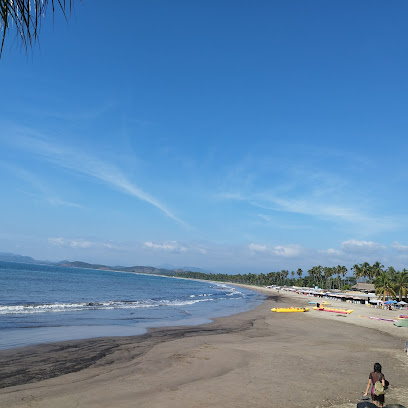
Delfiniti of Mexico
Experience the magic of marine life at Delfiniti of Mexico, where unforgettable moments with dolphins await you in beautiful Ixtapa Zihuatanejo.

Malecón Zihuatanejo
Experience the vibrant atmosphere of Malecón Zihuatanejo, a captivating waterfront promenade filled with local culture, cuisine, and stunning ocean views.
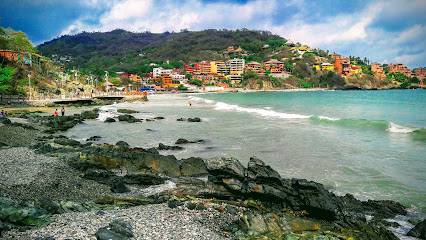
La Isla De Ixtapa Zihuatanejo, Playa Coral
Discover La Isla De Ixtapa, a tropical haven in Zihuatanejo, where pristine beaches, stunning sunsets, and vibrant marine life await you.
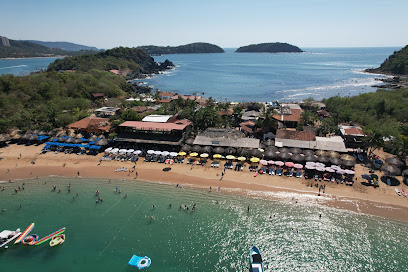
Museo Arqueológico de la Costa Grande
Explore the rich history of Zihuatanejo at the Museo Arqueológico de la Costa Grande, where ancient artifacts tell the story of Mexico's past.
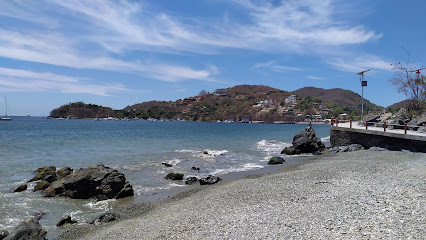
Letras IXTAPA
Experience the vibrant coastal charm of Letras Ixtapa, a must-visit landmark in Zihuatanejo, Mexico, perfect for unforgettable memories and stunning photos.
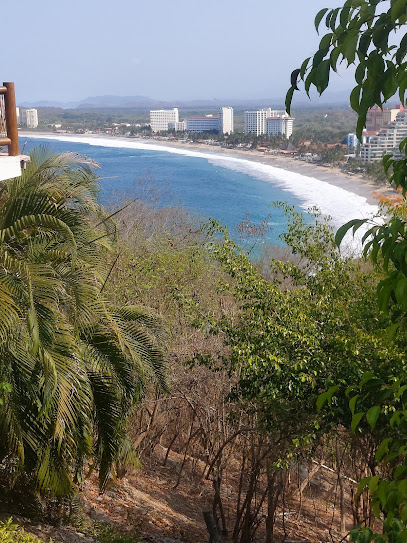
Marina Ixtapa
Experience the beauty and vibrancy of Marina Ixtapa, a perfect blend of relaxation, adventure, and stunning coastal views for every traveler.
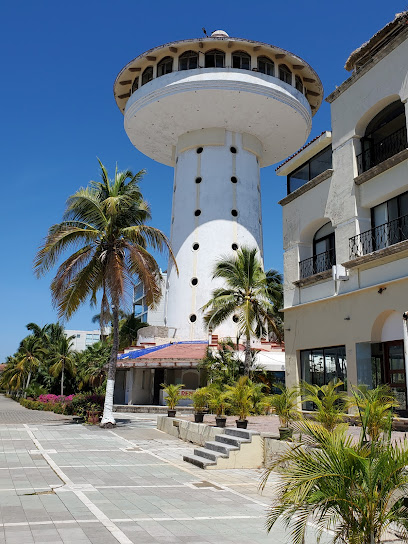
Playa El Palmar
Experience the tranquil beauty of Playa El Palmar, a serene beach in Zihuatanejo, Guerrero, perfect for relaxation, adventure, and local culture.
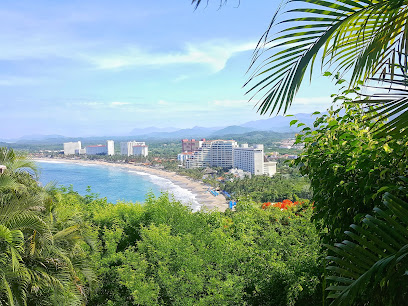
Monumento SIRENA
Experience the captivating beauty of the Sirena Monument in Ixtapa Zihuatanejo, a stunning tribute to local folklore and artistry amidst breathtaking coastal scenery.
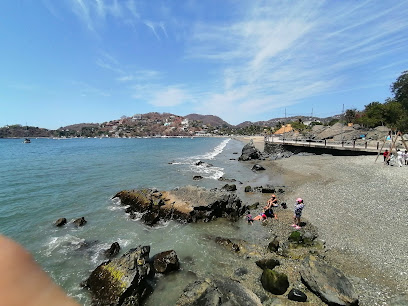
Ixtapa Zihua beach
Experience the breathtaking beauty and vibrant culture of Ixtapa Zihua Beach, a must-visit destination on Mexico's Pacific coast for every traveler.
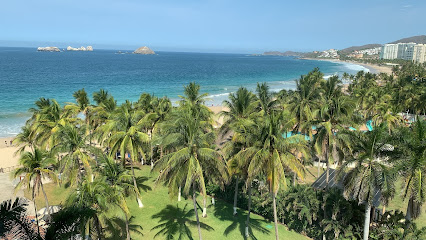
Unmissable attractions to see
Playa Las gatas
Discover the tranquil shores of Playa Las Gatas in Zihuatanejo, where stunning beaches meet delectable seafood dining in a tropical paradise.
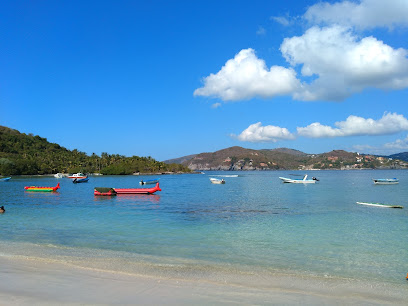
Malecón Zihuatanejo
Explore the stunning Malecón Zihuatanejo, a vibrant waterfront promenade filled with local culture, delicious cuisine, and breathtaking ocean views.
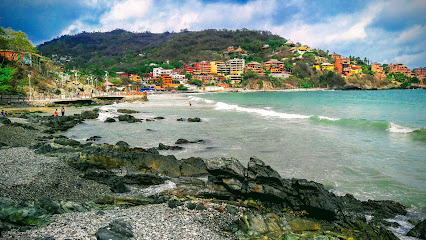
El Refugio de Potosi
Explore El Refugio de Potosí, an ecological park in Zihuatanejo, showcasing Mexico's incredible biodiversity and natural beauty.

Aztlan, Ixtapa Park
Explore the tranquil beauty of Aztlan, Ixtapa Park, a birdwatcher's paradise nestled in Guerrero's lush landscapes.

Torecillas
Discover the tranquil beauty of Torecillas, a serene park in Ixtapa Zihuatanejo, perfect for relaxation, picnics, and wildlife observation.
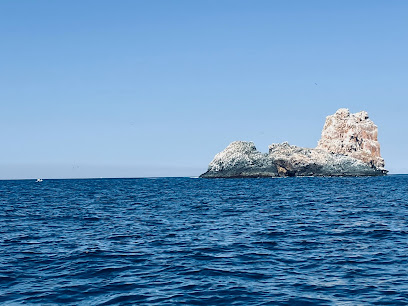
Essential places to dine
Restaurante Deborah's
Discover the flavors of Canada at Restaurante Deborah's in Zihuatanejo - where culinary delight meets tropical charm.
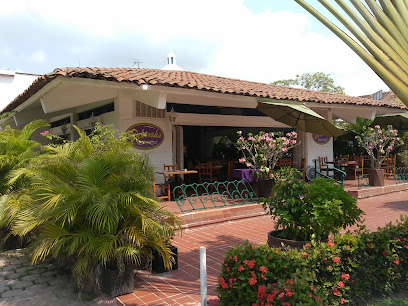
Fisher's Ixtapa
Experience fresh seafood delights at Fisher's Ixtapa – where ocean flavors meet stunning views in Zihuatanejo.
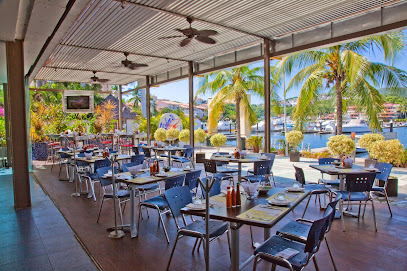
Casa Morelos
Discover the essence of authentic Mexican dining at Casa Morelos in Ixtapa Zihuatanejo - where every meal is a celebration of flavors.
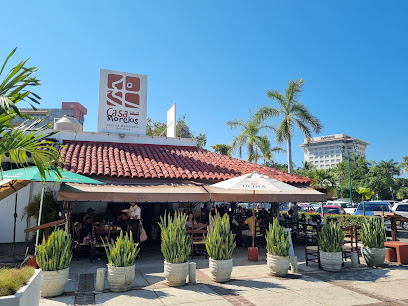
Bistro Soleiado
Experience exquisite French cuisine at Bistro Soleiado in Ixtapa Zihuatanejo – where local flavors meet culinary artistry.
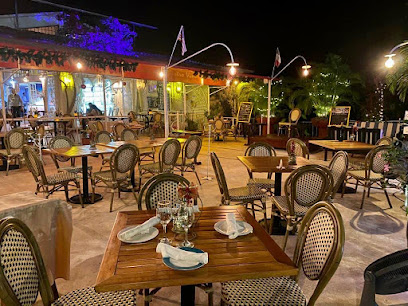
El Faro
Discover exquisite local flavors at El Faro in Ixtapa Zihuatanejo, where breathtaking views meet culinary excellence.
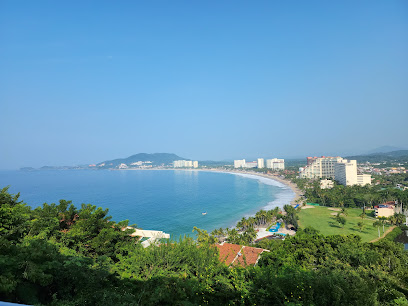
Sabrina is La Vita e' Bella ixtapa
Savor authentic Italian flavors at Sabrina is La Vita e' Bella in Ixtapa Zihuatanejo - where every meal is a culinary journey.
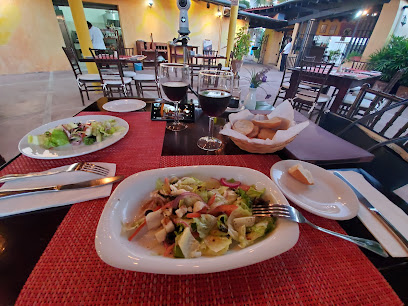
RESTAURANTE BAR TEQUILA Y SALSA BRAVA
Experience authentic Mexican flavors at Restaurante Bar Tequila y Salsa Brava - where every meal is a fiesta!

Bogart's Bar & Restaurant
Experience the rich flavors of Ixtapa Zihuatanejo at Bogart's Bar & Restaurant - where every meal is a celebration.
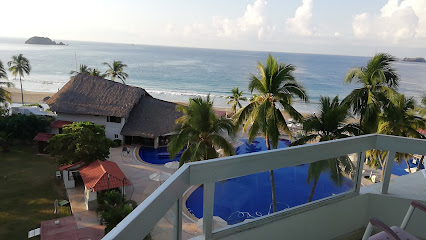
Restaurante LILI CIPRIANI
Experience exquisite grilled cuisine at Restaurante LILI CIPRIANI on Isla de Ixtapa – where breathtaking views meet flavorful delights.

Restaurante Tres Sirenas Ixtapa
Discover exquisite seafood dining at Restaurante Tres Sirenas in Ixtapa, where local flavors meet breathtaking ocean views.
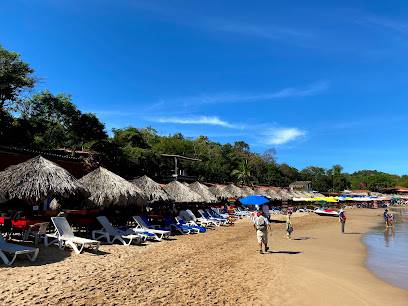
Markets, malls and hidden boutiques
Los Patios Mall Ixtapa
Discover the vibrant shopping experience at Los Patios Mall in Ixtapa, where local culture meets modern retail.

Centro Comercial La Puerta Ixtapa
Explore Centro Comercial La Puerta Ixtapa, a vibrant shopping mall in Ixtapa Zihuatanejo offering diverse shops, dining, and entertainment for an unforgettable experience.
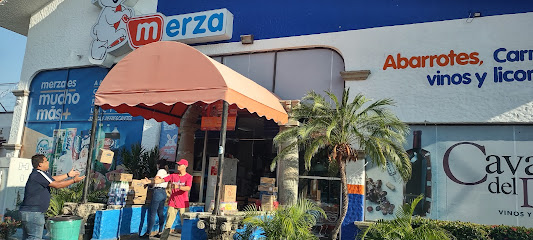
Tequila ¡por favor!
Explore the rich heritage of Mexican tequila at Tequila ¡por favor! – a haven for enthusiasts and newcomers alike in Ixtapa.
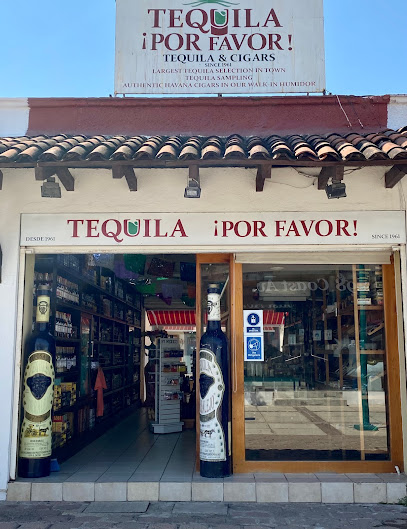
Tucanê Ixtapa
Discover stylish apparel at Tucanê Ixtapa, your go-to clothing store in the heart of Zihuatanejo's vibrant shopping district.

TicToc Boutique Boho Ixtapa
Explore TicToc Boutique Boho Ixtapa for unique bohemian fashion and accessories that capture the vibrant spirit of Mexico's coastal paradise.

Boutique MIC MAC
Experience the charm of Boutique MIC MAC in Ixtapa, where unique fashion meets exceptional service in a vibrant shopping atmosphere.
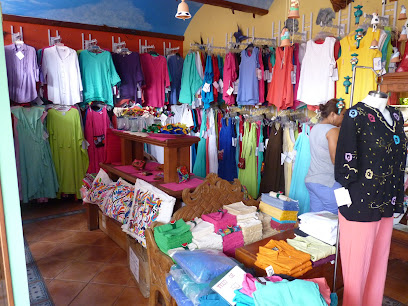
Squalo Ixtapa La Puerta
Explore Squalo Ixtapa La Puerta for trendy beachwear and accessories that capture the essence of Zihuatanejo's vibrant coastal lifestyle.
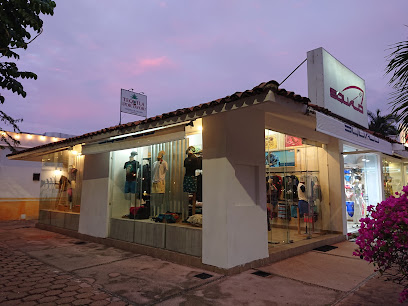
Salamanca’s Boutique
Explore Salamanca’s Boutique, where vibrant fashion meets local charm in Ixtapa Zihuatanejo - the perfect spot for stylish souvenirs.

Boutique Beach House
Explore unique fashion and local crafts at Boutique Beach House in Ixtapa, where every piece tells a story of the Pacific Coast.

Boutique Arena's
Discover unique fashion at Boutique Arena's in Ixtapa Zihuatanejo, where local charm meets contemporary style for an unforgettable shopping experience.

JAMBAO IXTAPA
Explore JAMBAO IXTAPA for authentic Mexican chocolates, coffee, and unique handicrafts that embody the spirit of local craftsmanship.

Mexico Lindo KM
Explore Mexico Lindo KM, your go-to gift shop in Ixtapa Zihuatanejo for authentic, handcrafted Mexican souvenirs and local art.
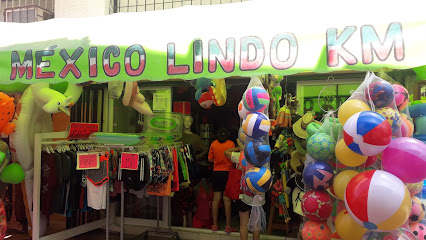
On the Rocks Ixtapa
Discover shopping, dining, and entertainment at On the Rocks Ixtapa, a vibrant shopping mall in the heart of Ixtapa Zihuatanejo.

Mexican Souvenirs
Discover unique handcrafted items and delicious chocolates at Mexican Souvenirs in Ixtapa Zihuatanejo, the perfect place for authentic gifts.

Essential bars & hidden hideouts
Mentiritas
Discover the vibrant atmosphere and authentic flavors at Mentiritas, a must-visit bar in Zihuatanejo, Guerrero.
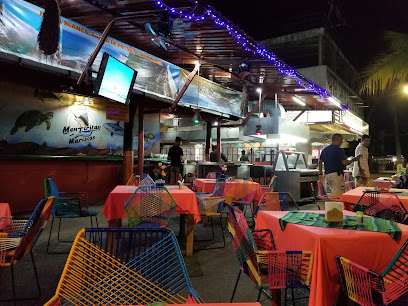
Señor Frog's
Experience the vibrant blend of traditional Mexican cuisine and lively nightlife at Señor Frog's in Ixtapa, a must-visit for every traveler.
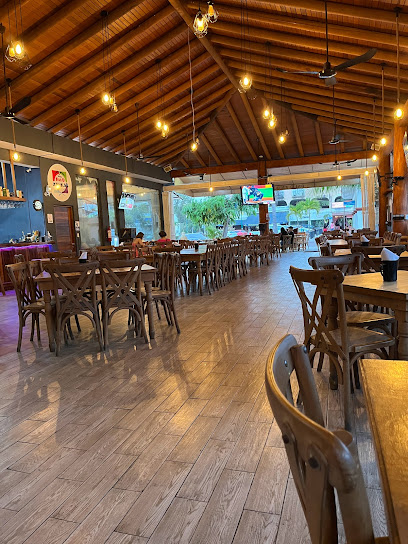
Frank's Bar & Grill Ixtapa
Experience the best of Ixtapa's culinary scene at Frank's Bar & Grill, where delicious grilled dishes meet a lively atmosphere.
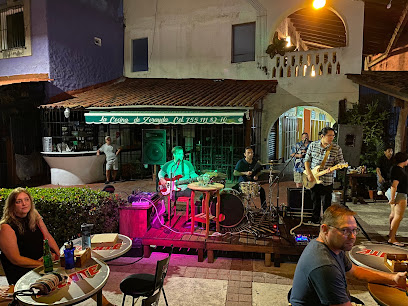
Ohana Ixtapa
Discover Ohana Ixtapa, a lively bar in Ixtapa Zihuatanejo offering vibrant nightlife, delicious cocktails, and an unforgettable atmosphere for tourists.
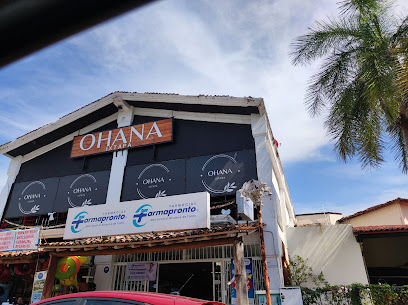
Bogart's Bar & Restaurant
Savor the best grilled dishes and refreshing drinks at Bogart's Bar & Restaurant in Ixtapa Zihuatanejo, a must-visit culinary destination.

Alex sport bar
Experience the vibrant nightlife at Alex Sport Bar in Ixtapa Zihuatanejo, where great drinks and fun times await you.

El Camino
Discover the vibrant nightlife at El Camino in Ixtapa, where refreshing drinks and live music create unforgettable memories.
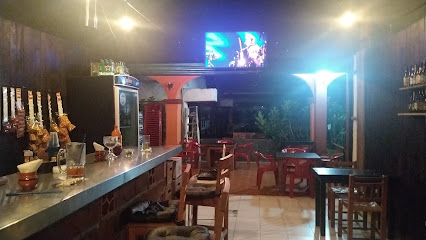
Zorro’s Bar Ixtapa
Experience the vibrant nightlife at Zorro’s Bar Ixtapa, where delicious drinks and a lively atmosphere await you in this tropical paradise.

Bar Arena Ixtapa
Discover the lively nightlife of Ixtapa at Bar Arena Ixtapa, where delicious cocktails and great company create unforgettable memories.
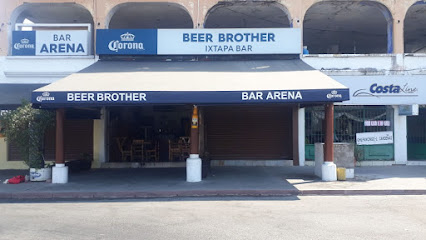
Bar La Madrina Ixtapa
Experience the essence of Ixtapa's nightlife at Bar La Madrina, where delicious cocktails meet vibrant social scenes.
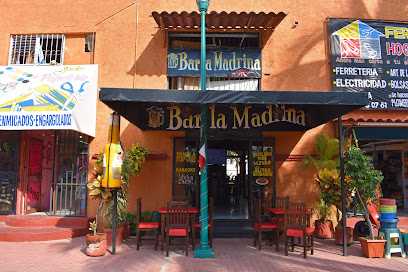
Local Phrases
-
- HelloHola
[oh-lah] - GoodbyeAdiós
[ah-dee-ohs] - YesSí
[see] - NoNo
[noh] - Please/You're welcomePor favor/De nada
[por fah-vor/deh nah-dah] - Thank youGracias
[grah-see-ahs] - Excuse me/SorryPerdón/Lo siento
[pair-dohn/loh see-en-toh] - How are you?¿Cómo estás?
[koh-moh ehs-tahs] - Fine. And you?Bien. ¿Y tú?
[bee-ehn. ee too] - Do you speak English?¿Hablas inglés?
[ah-blahs een-glehs] - I don't understandNo entiendo
[noh ehn-tee-ehn-doh]
- HelloHola
-
- I'd like to see the menu, pleaseMe gustaría ver el menú, por favor
[meh goo-stah-ree-ah behr ehl meh-noo, pour fah-vor] - I don't eat meatNo como carne
[noh koh-moh kahr-neh] - Cheers!¡Salud!
[sah-lood] - I would like to pay, pleaseMe gustaría pagar, por favor
[meh goo-stah-ree-ah pah-gahr, pour fah-vor]
- I'd like to see the menu, pleaseMe gustaría ver el menú, por favor
-
- Help!¡Ayuda!
[ah-yoo-dah] - Go away!¡Vete!
[veh-teh] - Call the Police!¡Llama a la Policía!
[yah-mah ah lah poh-lee-see-ah] - Call a doctor!¡Llama a un médico!
[yah-mah ah oon meh-dee-koh] - I'm lostEstoy perdido/a
[ehs-toy pair-dee-doh/ah] - I'm illEstoy enfermo/a
[ehs-toy ehn-fehr-moh/ah]
- Help!¡Ayuda!
-
- I'd like to buy...Me gustaría comprar...
[meh goo-stah-ree-ah kohm-prar] - I'm just lookingSólo estoy mirando
[soh-loh ehs-toy mee-rahn-doh] - How much is it?¿Cuánto cuesta?
[kwan-toh kweh-stah] - That's too expensiveEso es demasiado caro
[eh-soh ehs deh-mah-see-ah-doh kah-roh] - Can you lower the price?¿Puedes bajar el precio?
[pweh-dehs bah-har ehl pree-syoh]
- I'd like to buy...Me gustaría comprar...
-
- What time is it?¿Qué hora es?
[keh oh-rah ehs] - It's one o'clockEs la una
[ehs lah oo-nah] - Half past (10)Son las diez y media
[sohn lahs dyehs ee meh-dee-ah] - MorningMañana
[mah-nyah-nah] - AfternoonTarde
[tahr-deh] - EveningNoche
[noh-cheh] - YesterdayAyer
[ah-yehr] - TodayHoy
[oy] - TomorrowMañana
[mah-nyah-nah] - 1Uno
[oo-noh] - 2Dos
[dohs] - 3Tres
[trehs] - 4Cuatro
[kwah-troh] - 5Cinco
[seen-koh] - 6Seis
[says] - 7Siete
[syeh-teh] - 8Ocho
[oh-choh] - 9Nueve
[nweh-veh] - 10Diez
[dyehs]
- What time is it?¿Qué hora es?
-
- Where's a/the...?¿Dónde está...?
[dohn-deh ehs-tah] - What's the address?¿Cuál es la dirección?
[kwahl ehs lah dee-rehk-syohn] - Can you show me (on the map)?¿Puedes mostrarme (en el mapa)?
[pweh-dehs mohs-trar-meh (ehn ehl mah-pah)] - When's the next (bus)?¿Cuándo es el próximo (autobús)?
[kwan-doh ehs ehl proh-ksee-moh (ow-toh-boos)] - A ticket (to ....)Un boleto (a ....)
[oon boh-leh-toh (ah)]
- Where's a/the...?¿Dónde está...?
History of Ixtapa
-
Before the arrival of Europeans, the area that is now Ixtapa-Zihuatanejo was inhabited by indigenous groups, primarily the Nahua and the Mixtec. These communities engaged in agriculture, fishing, and trade, developing a rich cultural tapestry that included local traditions, languages, and spiritual beliefs. Their influence can still be seen in the region's cultural practices and festivals.
-
The Spanish conquest of Mexico in the early 16th century marked a significant turning point for Ixtapa. The Spanish explorers, led by Hernán Cortés, arrived in the region, leading to the establishment of colonial settlements. The area became part of the Spanish Empire, and the indigenous populations faced significant changes to their social structures, economies, and religions as they were subjected to Spanish rule.
-
In the 1970s, the Mexican government initiated a development project to transform Ixtapa into a tourist destination. This project aimed to boost the local economy through tourism, leading to the construction of hotels, restaurants, and other infrastructures. The planned community was designed to attract both national and international visitors while preserving the natural beauty of the region's beaches and landscapes.
-
Today, Ixtapa reflects a blend of its indigenous roots and colonial history, with a modern twist. The area hosts various cultural events, including traditional festivals that celebrate local customs and music. The community actively promotes the preservation of its heritage through art, cuisine, and cultural festivals, making it a vibrant destination that honors its past while looking toward the future.
-
In recent years, there has been a growing emphasis on sustainable tourism in Ixtapa-Zihuatanejo. Local authorities and businesses are increasingly focused on environmental preservation and responsible tourism practices. This movement aims to protect the region's natural resources, including its beaches, marine life, and native flora, while ensuring that tourism benefits the local communities economically and socially.
Ixtapa Essentials
-
Ixtapa is well-connected to Zihuatanejo and surrounding areas. The nearest airport is Ixtapa-Zihuatanejo International Airport (ZIH), which is approximately 20 minutes from Ixtapa by taxi. Buses frequently operate between Zihuatanejo and Ixtapa, with a travel time of about 15-30 minutes. If you're traveling from other parts of Mexico, long-distance buses run from major cities such as Mexico City, Acapulco, and Guadalajara, arriving at the main bus terminal in Zihuatanejo.
-
Ixtapa is primarily designed for tourists, making it easy to navigate. Most attractions are within walking distance. For longer distances, local buses and taxis are available, with taxi fares being relatively inexpensive. Bicycles can be rented for a more leisurely exploration of the area, with dedicated bike lanes along the main avenues. There are no trains in the area, but the local buses are efficient and affordable.
-
Ixtapa is generally safe for tourists, but basic precautions should be taken. Avoid walking alone at night in poorly lit areas, particularly towards the outskirts of town. Petty crimes, such as pickpocketing, can occur in crowded areas or beaches. Areas such as downtown Zihuatanejo may have higher crime rates; it is advisable to stay vigilant and avoid displaying valuables. Stick to well-populated areas and follow local advice.
-
In case of emergency, dial 911 for police, fire, or medical assistance. Familiarize yourself with the location of the nearest hospital or clinic upon arrival. Travel insurance that covers medical emergencies is highly recommended. Pharmacies are available in Ixtapa for minor health issues, and most can provide basic over-the-counter medications.
-
Fashion: Do wear light, breathable clothing suitable for the tropical climate, but avoid overly revealing outfits in public places. Religion: Do respect local customs, especially in Zihuatanejo's traditional areas. Public Transport: Do be courteous and offer your seat to the elderly. Don't consume food or drink on public transportation. Greetings: Do greet locals with a friendly 'Hola' and a smile. Eating & Drinking: Do try local seafood and traditional dishes; don't refuse offers of food and drink, as it may be seen as impolite.
-
To experience Ixtapa like a local, visit local markets such as the Mercado Municipal in Zihuatanejo for fresh produce and authentic souvenirs. Engage with locals; they are often friendly and happy to share insights about the area. Try to learn a few basic Spanish phrases, as it can enhance interactions. For outdoor enthusiasts, explore the nearby natural reserves, like the Ixtapa Island, for hiking and snorkeling opportunities. Don't miss the sunset at Playa El Palmar, a popular spot among locals.
Nearby Cities to Ixtapa
-
Things To Do in Guanajuato
-
Things To Do in Monterrey
-
Things To Do in Guadalajara
-
Things To Do in San Miguel de Allende
-
Things To Do in Queretaro
-
Things To Do in Puerto Vallarta
-
Things To Do in McAllen
-
Things To Do in Laredo
-
Things To Do in Matamoros
-
Things To Do in Brownsville
-
Things To Do in Mexico City
-
Things To Do in South Padre Island
-
Things To Do in Taxco
-
Things To Do in Puebla
-
Things To Do in Corpus Christi


